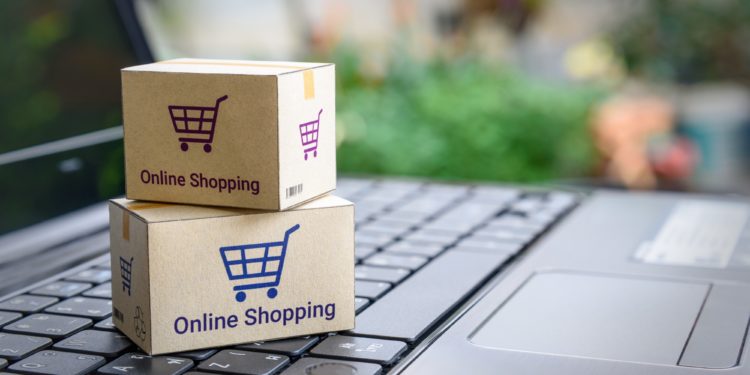Audience targeting
It’s important to know who your target audience is, so you know what kind of messaging and what kind of ads to put in front of them. By planning in advance, you can start putting out tickler ads, and things like that to start getting people interested in the products or services that you offer. Important to note: We’re talking about a sales funnel here, so not every single ad that you make needs to be optimized for conversions. You also need to be thinking about brand awareness, and reach.
You need to be reaching people in affinity audiences, and then in-market audiences, people that are actually searching to purchase, not just searching to research. But you can’t let the researchers go either you want to make sure that if they’re researching a product or researching a solution that you sell, that when they are ready to buy, they’ve already interacted with you.
Now, we talk about the budget, and this is something to consider as well, where should you be allocating budget, based on what you’re trying to accomplish? A lot of times, one of the best rules of thumbs is going to be 40% dedicated towards that reach and audience building, and making sure that you’ve got some brand awareness, some people know who you are, and then put about 60% of that into actual converting ads. Now maybe in the very beginning, you want to flip this. You don’t have a lot of audiences, you don’t have a retargeting list or something like that.
So put 60%, put 80%, of your budget into this reach kind of campaign, the brand awareness campaigns, so that people know who you are, this is particularly important for one product shopify store. Remember, 97% of people that go to your website, or see your brand, are not going to take a converting action the very first time they interact with you. So you don’t want to let those 97% go, set up your retargeting campaigns, set up your RLSA, and `make sure that as these people are actually in the mood to buy, you are the first person that they think about.
Do email campaigns
Now, you may be saying, “My sales time is just coming up in a couple of weeks, “I don’t have time to build an email campaign.” And to an extent, you might be right. The boat may have sailed on this one. You don’t have a list of 10, 20, 30 thousand people that you can reach. But if you don’t start now, you’re still not going to get started, and you may as well start now, when you’ve got increased customers and increased sales. This is the time to start building out your email campaigns, maybe even for next year.
Or, more importantly, start building out your email campaigns so that the customers that you earn now, will become lifetime customers because you’ve already started this whole communication with them. That way, it’s not a shock or a surprise where six months down the road, then you start emailing them. This is a process that you started a while ago. So it doesn’t really matter if you feel like you’ve missed the boat or not, this is a necessary step that you have to take. If you haven’t taken it already, take it today.
Tip number six is your landing pages. Now this is what a lot of your ads are going to direct back to, this is what your emails could direct back to, if you’re running digital billboards, or maybe even doing print, or radio, or something like that, Pandora, or Spotify, these are different places that you can direct customers back to. Instead of sending them to www.yourwebsite.com, you send them to yourwebsite.com/blackfriday or, /cybermonday or something like that, based around the holiday and the offers and the specials that you’re offering.
That way, they don’t have to go to your website and then try to find the offer that drew them there in the first place. This helps with your messaging on your ads, this helps to ensure that when customers actually get to your website, they find what they need as soon as they can. We’re a fast-moving group of people. Consumers move very quickly, especially when we’re talking about holiday purchasing.
They don’t have time to hunt through your website and try to find exactly what drew them there in the first place. So make it easy, create some landing pages, put all your offerings and your products there, so that way they can purchase at the exact moment that they’re ready to.
Optimize your product pages
This goes along in line with optimizing and creating landing pages, but now we’re talking about making sure that the actual products on your website are optimized, which will lead the customer to believe that you’re selling the very best dropshipping products. I’m talking your product titles, make sure that your price or your sale price, is showing up correctly, you’ve got a great looking image, or even better, multiple images of the product, and that your descriptions are there.
A one word, or a one sentence description, it’s just not enough. You still have to sell. Just because somebody clicked on an ad, and went to research the product, doesn’t mean that they’re ready to buy. So this is the second stage of selling. You already sold them enough to click on the site, that’s great, click on your ad, perfect. Now you’ve actually truly got to sell them, otherwise you’re spending all your money on clicks, what you really need are conversions. So, optimize your images, your titles, your price, your description, and make sure that other products are also being recommended on your website. That way, if they’re buying Widget A, and they could also really benefit from Widget B, they can identify that, you can educate them, and increase your sales.


